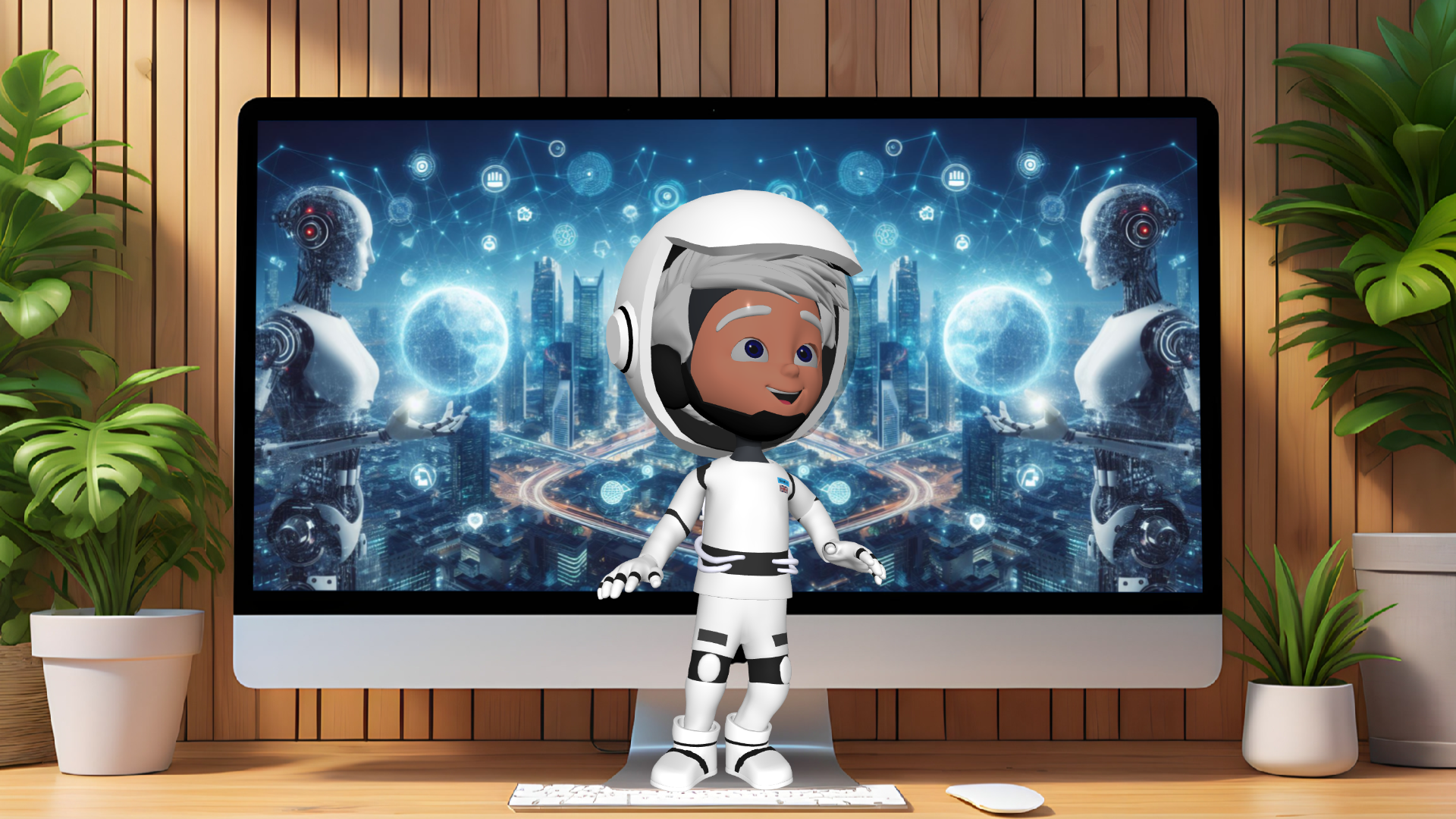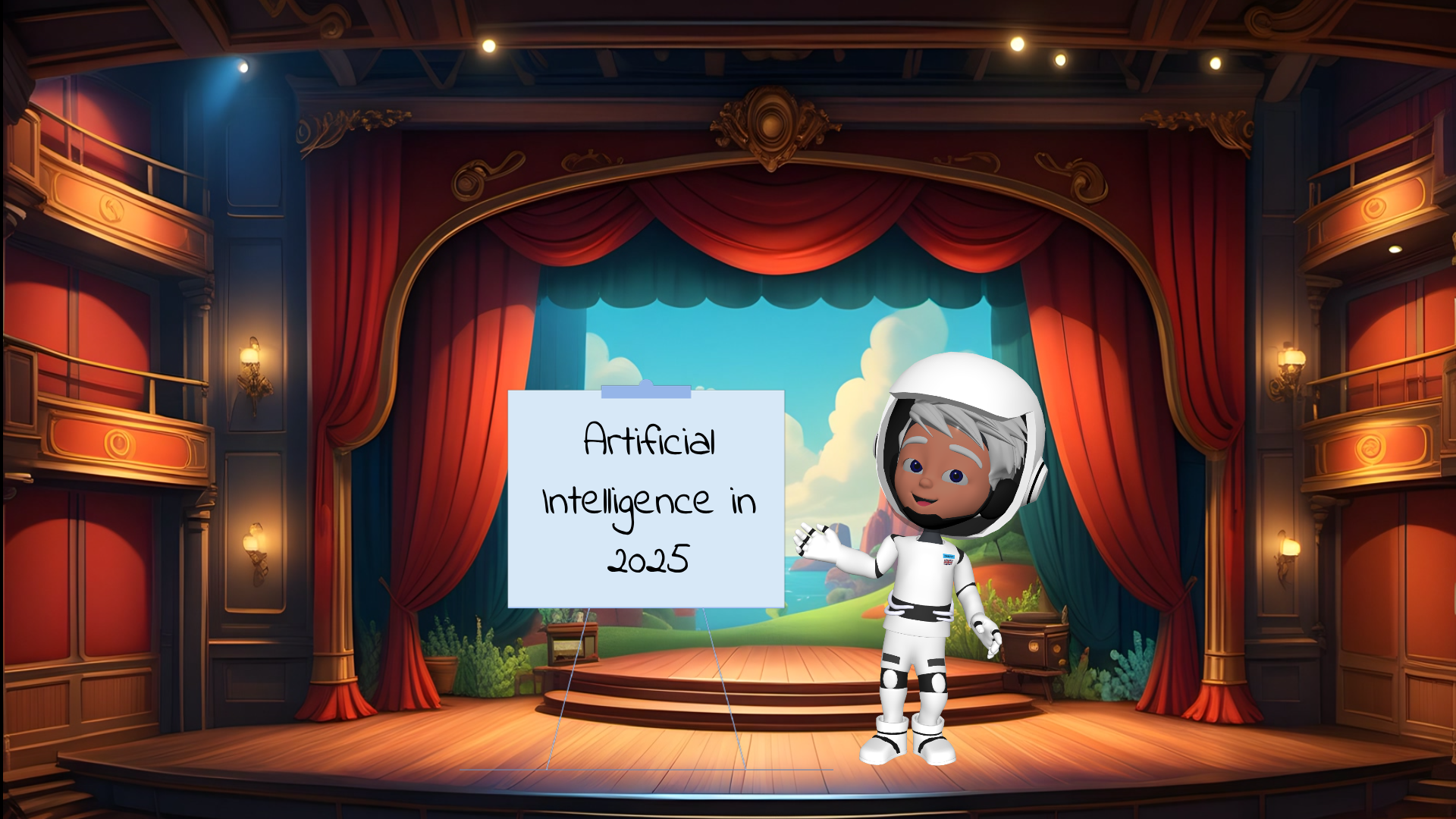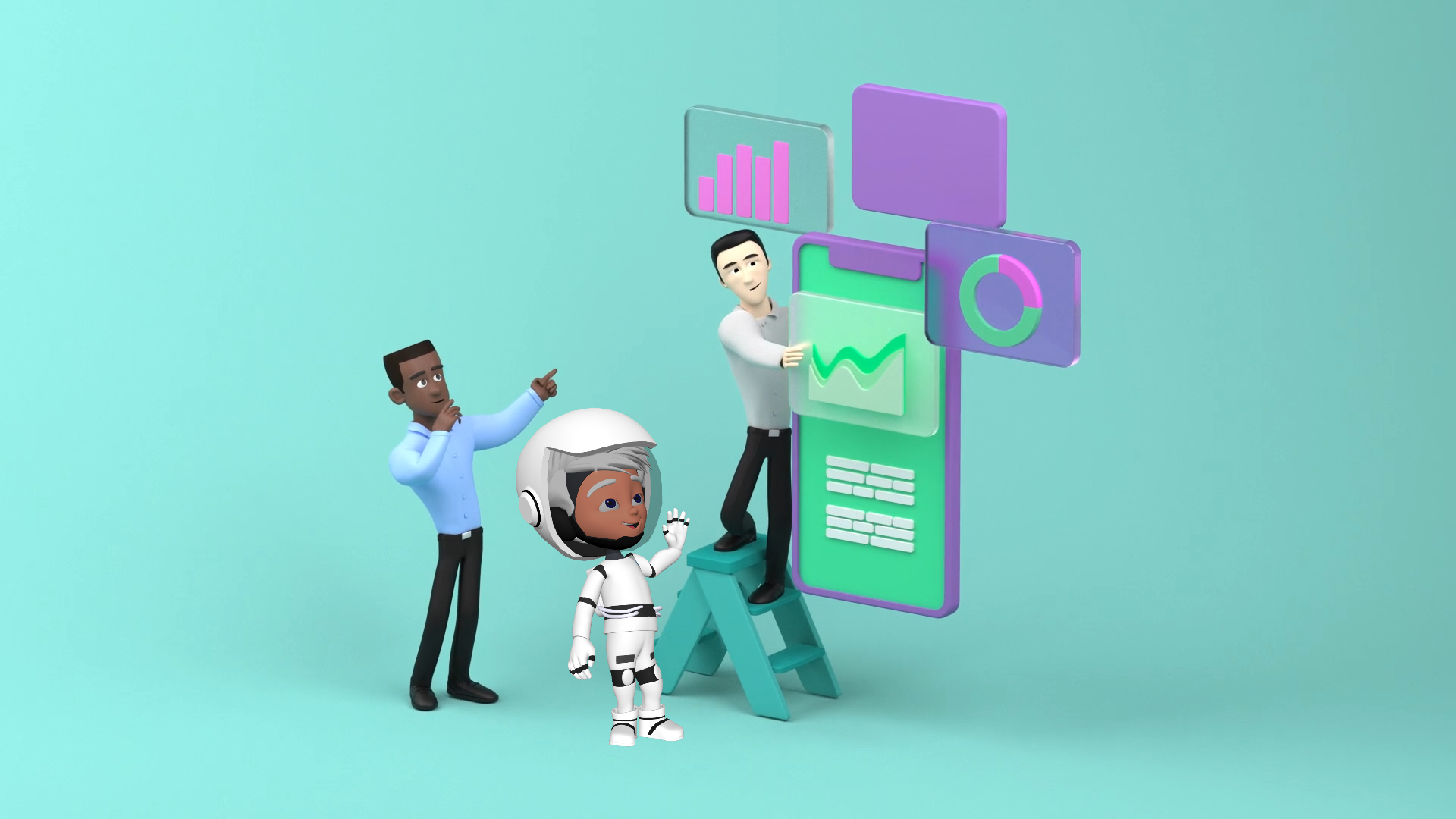
Published in:
Stories
Biggest Challenge of Advanced Automation? User Experience.
The Biggest Challenge of Automation? It’s User Experience
Advanced automation systems like AI, Robotics and AIoT are transforming industries by enhancing operational efficiency. However, despite their power, one of the biggest challenge of automation that companies face is the user experience (UX). As automation capabilities grow, so does the complexity of managing them, which hinders adoption. This article explores how UX impacts the adoption of automation and what businesses can do to overcome it.
1. Complexity of Interfaces
As automation systems grow in complexity, the interfaces for controlling them become harder to navigate. With multiple IoT devices and AI models, each requiring different applications for management, users are often overwhelmed by the complexity.
For example, a smart factory may deploy dozens of IoT sensors to monitor different aspects of production, but the fragmented interfaces across devices make it difficult to manage simple tasks efficiently.
2. Lack of Interoperability Across Platforms
One of the biggest hurdles is the lack of interoperability among devices and software platforms. Automation technologies often exist in silos, forcing users to manually coordinate multiple systems. Interoperability is crucial for smooth operations and data flow across devices and platforms.
For instance, in a warehouse, different automation systems may manage inventory, shipping, and order fulfillment. Without proper integration, managing these systems becomes a time-consuming task requiring multiple logins and interfaces.
3. Steep Learning Curve
The learning curve for adopting advanced automation systems is often steep. Employees must undergo extensive training to operate new AI-powered tools, which can slow down the overall adoption of these technologies.
For industries like manufacturing, where downtime can lead to huge losses, the time spent training workers on complex systems may delay the return on investment from automation.
4. Task Complexity vs. User Expectations
Although automation is intended to simplify tasks, the sheer complexity of highly advanced features can do the opposite. Many users expect automated systems to streamline their work, but they often find themselves grappling with lengthy configurations and complex workflows.
For example, configuring robotic arms in a factory may involve extensive steps that negate the immediate benefits of automation.
5. Automating Workflows Without Adding Friction
Automation should make workflows simpler, but if not implemented thoughtfully, it can create friction. Over-complicated automated workflows may overwhelm users with alerts and data, defeating the purpose of improving efficiency.
For example, a smart inventory system may send an excessive number of notifications, leading to confusion and decision fatigue for the warehouse staff.
6. Balancing Advanced Features with Usability
Automation systems are growing increasingly powerful, offering real-time data and predictive analytics. However, the real challenge lies in presenting this data in user-friendly formats. If users can’t easily understand and act on the insights provided by AI, the benefits are lost.
For instance, an AI system might alert factory managers to potential bottlenecks in production alongside context-based recommendations, but if the information is overly technical or hard to navigate, the actionability of these insights is limited.
7. Solution: Simplifying Automation with AIoT-NLG
Hub360+ addresses these UX challenges head-on. By combining AI and IoT with Natural Language Generation (NLG), Hub360+ enables users to issue commands through smart chats and messages, significantly reducing the complexity of managing automation. Instead of navigating multiple platforms and apps, users can issue commands in natural language, and Hub360+ handles execution.
For example, instead of managing multiple platforms, a factory manager can send a simple message to adjust production parameters across various machines. Hub360+ automates the process behind the scenes, transforming complicated tasks into straightforward conversations. This dramatically reduces the friction typically associated with advanced automation systems and makes it more accessible for everyone.
Moreover, Hub360+ works with an extensive ecosystem of partners across various industries to offer both full end-to-end automation solutions or modular implementations, providing flexibility in how automation is rolled out.
Conclusion: Overcoming the Main Challenge of Automation
As advanced automation technologies continue to evolve, the user experience remains the biggest barrier to their adoption. Complex interfaces, lack of interoperability, and steep learning curves are all factors that can discourage users from fully embracing these tools. Solutions like Hub360+ are working to close this gap by simplifying the control and management of automation systems. Prioritizing usability is key to overcoming the key challenge of automation and transforming industries.

